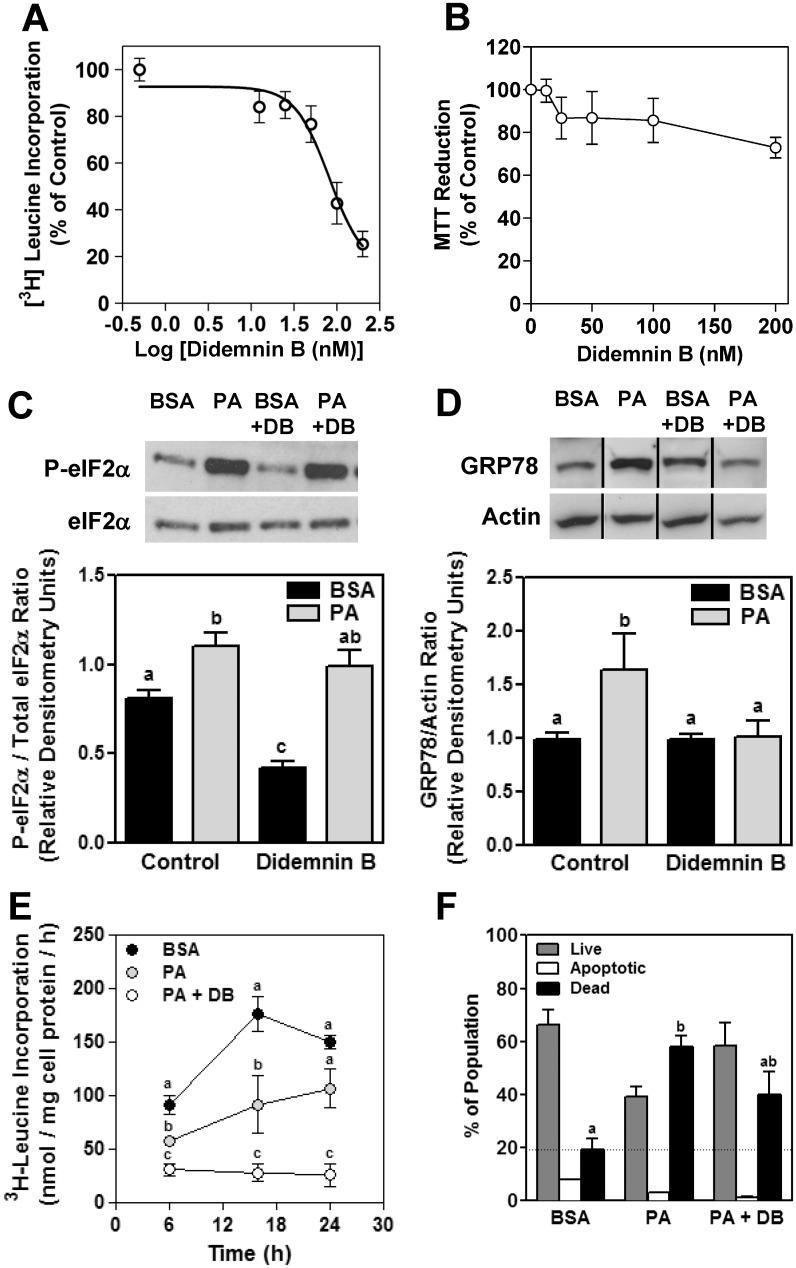Fig 5. Chemical Inhibition of eEF1A-1 Peptide Elongation Activity Decreases Palmitate-Induced Cell Death.
(A) HepG2 cells were treated for 48 h with didemnin B (DB), followed by assessment of total protein synthesis by [3H] leucine incorporation. The IC50 for protein synthesis was 80 nM. (B) Cells were incubated as in A, followed by assessment of cellular metabolism by MTT reduction. (C, D) HepG2 cells were incubated for 6 h with growth media containing BSA or 1.0 mM palmitate (PA), as described in Fig 1, in the presence or absence of 80 nM didemnin (DB). Phosphorylated and total eIF2α, and GRP78 proteins were detected in whole cell lysates by immunoblotting. Bands were quantified by densitometry and normalized to total eIF2α or actin, as indicated. Representative blots are shown. Black vertical lines on the blots in D indicate that lanes from the same blot were re-ordered for presentation purposes. (E) Cells were incubated for the times indicated with growth media containing BSA or 1.0 mM PA, in the presence or absence of 80 nM DB, followed by assessment of total protein synthesis by [3H] leucine incorporation. (F) HepG2 cells were incubated for 48 h with PA, in the presence or absence of 80 nM didemnin (DB). Cells were harvested and stained with PI and AnnV. Percentages of apoptotic and dead cells were determined by flow cytometry. For A and B, data are percentages of control (vehicle) ± SEM for n = 3. For C, D, E, and F, data are means ± SEM for n = 4. Different lower case letters are statistically significant at p < 0.05.

